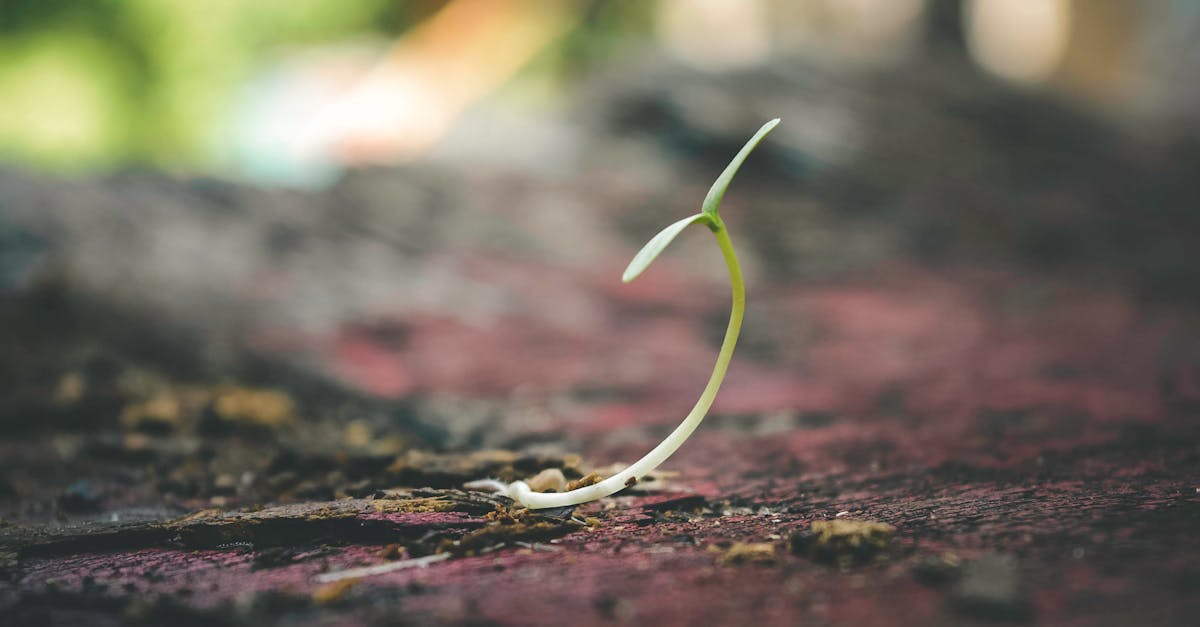The size of a Great Dane captivates every owner’s curiosity, especially when wondering: when does a Great Dane stop growing? These gentle giants undergo a unique growth pattern that sets them apart from smaller breeds. While their towering height often seems to appear almost overnight, the truth is more nuanced, involving a gradual process spanning many months. Understanding exactly when and how your Great Dane will reach full stature is crucial for ensuring healthy development and tailoring care to their specific needs.
At What Age Does a Great Dane Reach Its Full Height and Weight?
Great Danes typically finish their height growth between 18 and 24 months. Most of their height is achieved by 12 months, with the entire puppy phase mostly completed by 18 months. However, their weight and muscle mass continue to develop beyond this point, sometimes up to 24 months or a little later.
- 🦴 Height growth: Generally completed by 12-18 months.
- 💪 Weight gain and muscle development: Ongoing until around 24 months.
- ⏳ Variation is normal: Some Great Danes grow faster or slower without cause for concern.
Owners often worry if their Dane seems “small” or lags behind siblings in size, but steady, slower growth is perfectly acceptable.
Growth Stages Illustrated – What to Expect Month by Month
Here is an average growth timeline reflecting both male and female Great Danes to help you track your pup’s progress and set realistic expectations:
| Age 🕒 | Height (inches) 📏 | Weight (pounds) ⚖️ |
|---|---|---|
| 4 weeks | 8 – 12 | 4 – 8 |
| 8 weeks | 12 – 14 | 12 – 25 |
| 3-4 months | 14 – 18 | 25 – 40 |
| 4-6 months | 18 – 22 | 45 – 65 |
| 6-8 months | 22 – 28 | 65 – 85 |
| 8-10 months | 28 – 30 | 85 – 120 |
| 10-12 months | 30 – 36 | 120 – 135 |
| 12-14 months | – | 135 – 145 |
| 14-16 months | – | 145 – 160 (males) |
| 16-18 months | – | 160 – 170+ (males) |
This timeline can be a very helpful guide when comparing your Great Dane’s size to expected growth. Remember, it’s perfectly normal if your dog follows the lower or higher ends of these ranges based on gender and genetics.
How Big Can a Great Dane Really Get?
Most owners want to know the ultimate figures for their dog’s size. The Great Dane’s impressive stature can vary widely, but averages for adult dogs typically look like this:
- 👨🦱 Males: Height 30-36 inches, weight 135-175 pounds
- 👩🦱 Females: Height 28-34 inches, weight 110-145 pounds
You’ll notice these ranges differ slightly from the American Kennel Club (AKC) standards but align well with real-world experiences from many owners. Expect the full “mass” to continue settling beyond physical height as muscle mass, and bone density finish developing. This growth makes nutritional choices extremely important.
Essential Tips for Ensuring Healthy Growth in Your Great Dane Puppy
To support your Great Dane’s development to a strong, healthy adult, consider these vital points:
- 🥕 Choose large-breed puppy food: Products from brands like Purina, Royal Canin, Eukanuba, or Chewy offer formulations with the right balance of calories and nutrients to prevent too rapid growth.
- 🥄 Monitor food tolerance: If your pup shows digestive upset with their kibble from Hill’s Science Diet or Blue Buffalo, consider alternatives—sometimes a switch is necessary for optimal absorption.
- ⚠️ Avoid over-exercise: Great Danes should not be overexerted before they reach full physical maturity around two years, to avoid joint and bone damage. Short play sessions and gentle exercise suffice.
- 🛌 Prioritize rest and sleep: Puppies require up to 18 hours of sleep daily, including naps. A quiet, comfortable environment supports proper growth and health.
- 🩺 Regular veterinary check-ups: Scheduling visits every 2-4 months helps ensure your Great Dane’s growth is on track and catches early signs of any health issues common to the breed.
By following these tips, you help secure a happy, stable growth experience for your Great Dane, safeguarding their future wellbeing.
Genetics and Other Factors Influencing the Final Size of Your Great Dane
Did you know that genetics is the most significant factor shaping your Great Dane’s ultimate size? Alongside lineage, other factors play their part:
- 🧬 Parent size: Bigger parents usually mean a bigger dog, while smaller ones often yield smaller offspring.
- 🍽️ Diet quality: A rich nutrient intake supports optimal growth, particularly muscle and bone health.
- 😴 Rest and recovery: Proper sleep enhances muscle development and bone strengthening.
- 🩺 Health conditions: Underlying illnesses or developmental issues can modify growth trajectories.
While you can control diet, exercise, and veterinary care, genetics sets the framework. Understanding this helps you appreciate your Great Dane’s unique growth journey.
Summary Table: What to Expect When Your Great Dane Stops Growing
| Milestone 🐾 | Age Range 📅 | Details 📋 |
|---|---|---|
| Height completion 📏 | 12 – 18 months | Most Great Danes reach full height within this period. |
| Weight & muscle mass gain 💪 | 12 – 24 months | Continued weight gain and muscle strengthening after height stops. |
| Physical maturity 🎯 | About 24 months | Joints and bones fully matured; risk of over-exercise diminishes. |
Frequently Asked Questions About Great Dane Growth
- Q1: Can Great Danes grow beyond 2 years?
A: Most growth significantly slows or stops after two years, but very gradual weight and muscle development can continue. Significant height increase beyond this is rare.
- Q2: Does spaying or neutering affect growth?
A: Neutering early may slightly affect growth plates, potentially allowing longer bone growth, especially in males, but overall impact varies.
- Q3: How to know if my Great Dane’s growth is on track?
A: Consult your veterinarian regularly; use growth charts like the one above; monitor their general health and energy levels.
- Q4: What foods are best for large growing Great Danes?
A: High-quality large-breed puppy formulas from brands like Purina, Royal Canin, Victor, or Eukanuba offer the right nutrient profile.
- Q5: Is slow growth a concern?
A: Slow and steady growth is normal for some Great Danes. As long as your vet confirms healthy development, patience is key.
If you want to dive deeper into the fascinating world of this gentle giant, check out our full guide on everything you need to know about Great Danes.

